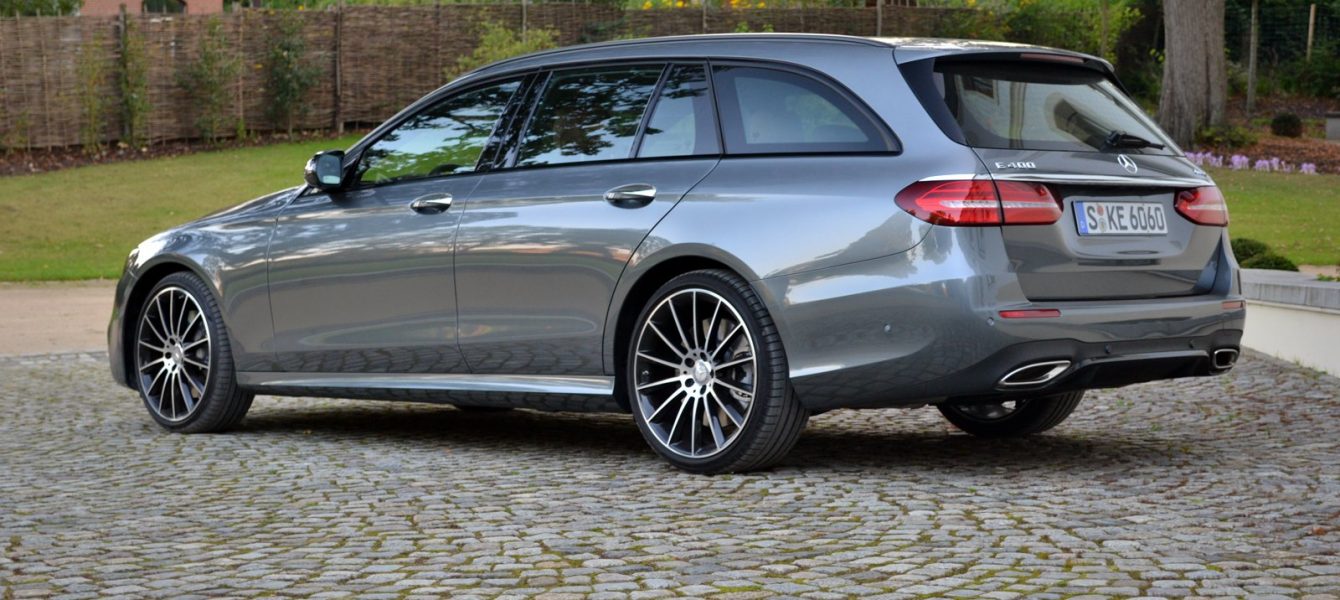McLaren’s love for orange goes back 50 years, but why is this color so significant to the British automaker?
The iconic orange livery will make a return on the McLaren MCL32 Formula 1 car this year, and to celebrate, McLaren has shared details on how orange came to be its signature color. In 1967, the McLaren M6A sported Papaya Orange after team manager Teddy Mayer had long been unhappy with the team’s liveries. Mayer claimed Papaya Orange would make the cars “show up like beacons on TV.” Not only did the M6A stand out on the track, but it dominated the 1967 Can-Am season, winning five out of six races.
The following year, McLaren decided to paint its Formula 1 machines orange with the M7A securing the company’s first Formula 1 victory at the Belgian Grand Prix at Spa-Francorchamps in June 1968. The color then made an appearance when McLaren decided to take on the Indianapolis 500 in 1970 with the McLaren M15.
SEE ALSO: McLaren Sports Series Cars Look Hot With New Accessories
More than two decades later in 1995, McLaren decided to celebrate its Le Mans 24 Hours victory by building five road-going units of the F1 GTR that won the race. Three of the five units were painted Papaya Orange. Two years later, the McLaren MP4/12 made its debut at the automaker’s factory in Woking, finished in trademark Papaya Orange.
Later in 2009, when McLaren announced its first new road car in nearly two decades, it was only natural that Papaya Orange be brought up to date. And that’s how Volcano Orange was born, which is still available to order on Sports Series models.
This year, the orange livery returns to McLaren’s Formula 1 race car, the McLaren-Honda MCL32. The recently debuted McLaren 720S can be ordered in three different shades of orange: McLaren Orange, Papaya Spark, and the darker Azores used on the 720S seen above. All three shades owe their existence to the original Papaya Orange of the 1960s.



Leave a Reply